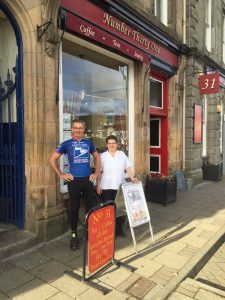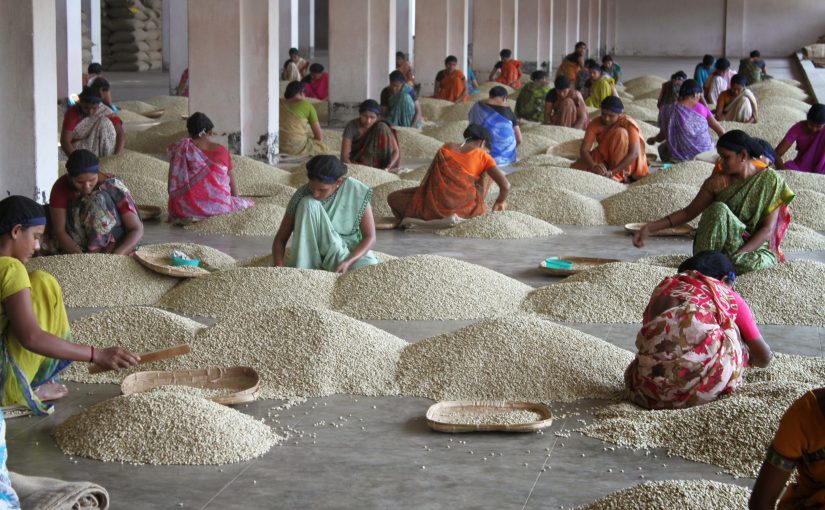Blendly is selling coffee around Scotland, giving value and choice and setting new opportunities for coffee outlets to develop there own coffee taste and flavours.
The commercial coffee roaster Blendly, with its routes in Pertshire is also powering the best in Scotland cycling. They provide a superb range of coffee blends that cyclists uses.
According to the British Coffee Association:
A coffee is a mild central nervous system stimulant that prompts the release of adrenaline for energy.
Sports nutritionist Tim Lawson of (Secret Training Ltd, previously of Science in Sport) says that:
Caffeine can promote fat metabolism and retaine muscle glycogen.
With these statements in mind, having a Blendly black coffee before each ride in the morning increases the amount of fat you can burn.

Susan Banerman, the owner of Number 31 in Blairgowrie offers a superb South American coffee blend developed by Blendly. This coffee blend forms the core of a great and nutritious menu designed to keep all the cyclists fueled for the day.
Number 31 offers great food and lovely services. Having a seat on their private terrace is the perfect summer lunch spot. It’s also a great place for cyclists to meet and plan routes.
Cycling in Scotland is for everyone. You can challenge yourself and satisfy your craving for thrills as you conquer the country’s rugged and precipitous peaks. You can admire some of the most impressive ridges in the UK, or take in panoramic views atop the spellbinding smaller hills – you’ll feel like you’re the king of the world.
A great cycle route starts in Perth or Luncarty, going towards Stanley and past using the old military road to Dunkeld. Pass through Dunkeld and turn up toward Blairgowrie. This is a very steep hill so be prepared to engage the wee gears.
After that initial climb, the remainder of the road to Blairgowrie is great fun. There are plenty of downhills and flats. From Blair, you can simply follow the obvious signs for Perth.
If you’re starting from Luncarty then go over the bridge into Perth and turn right into the North Inch and follow N77 out toward Luncarty.
Most of the route is not overly difficult though the ascent just pass Dunkeld is worthy of note. It is steep, so is the descent on the other side.
Susan Banerman, the owner of Number 31 said “Great routes like this is one of the reasons we work hard to give our customers the best experience.”
For more great coffee, visit blendly.co.uk.


